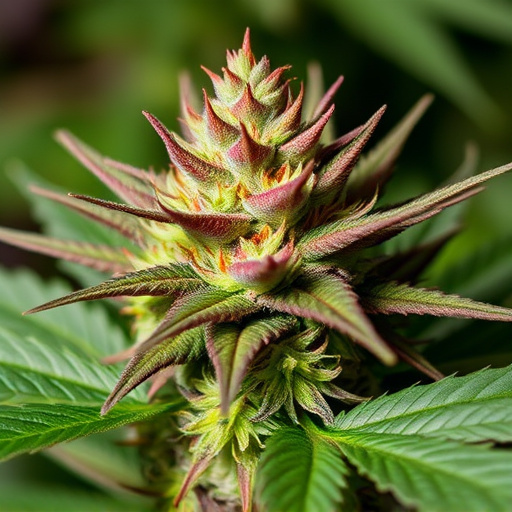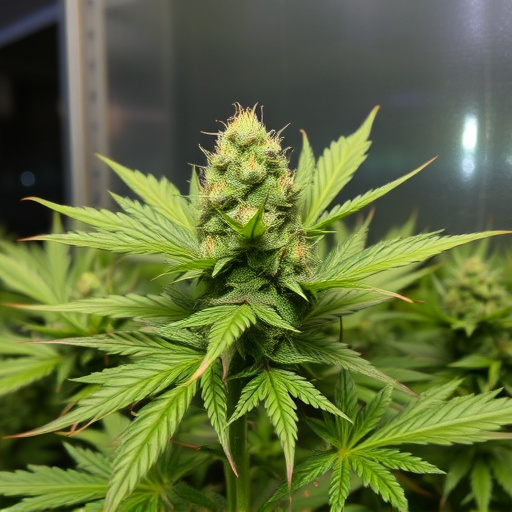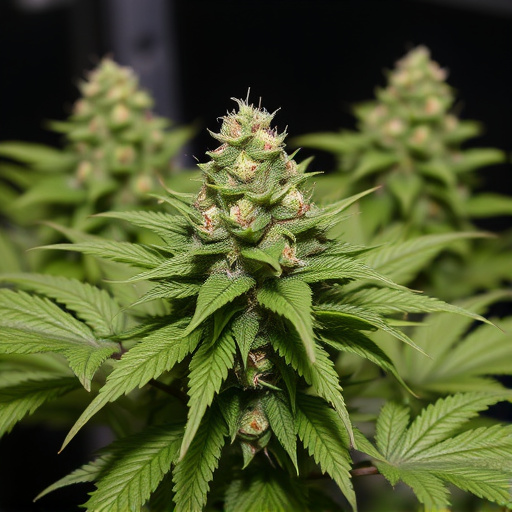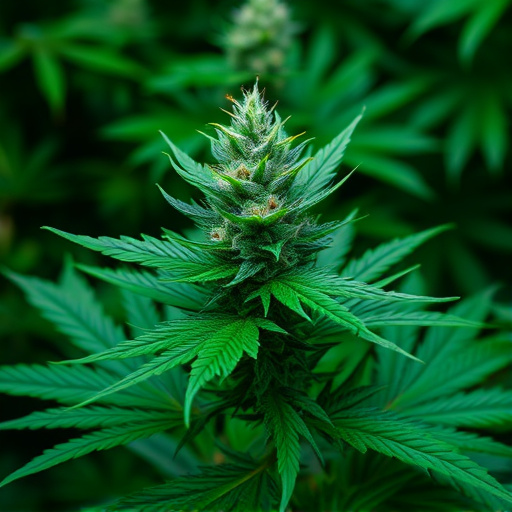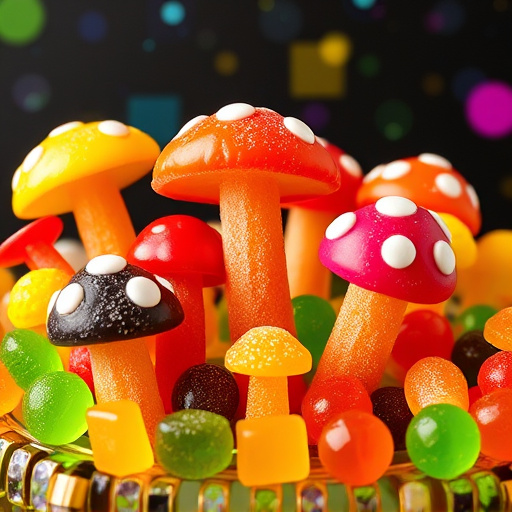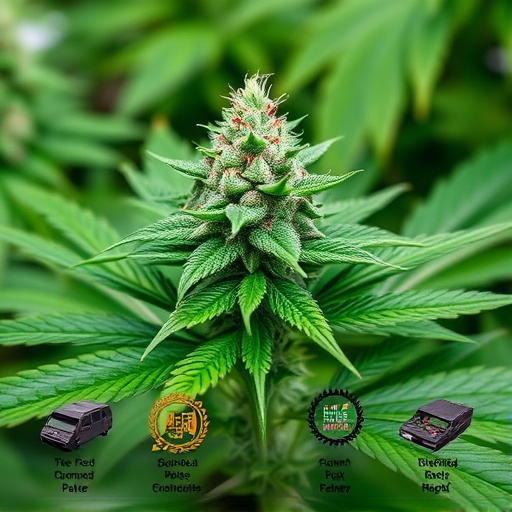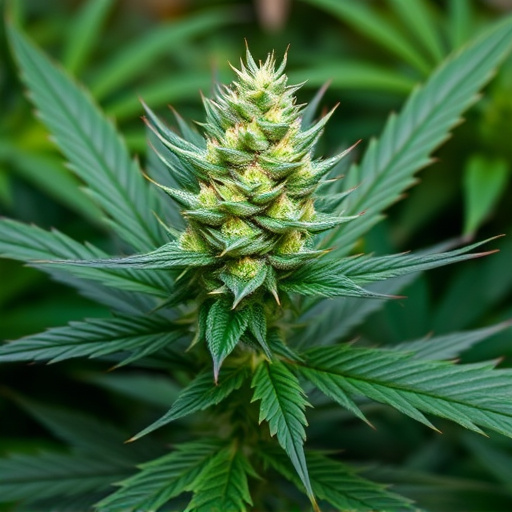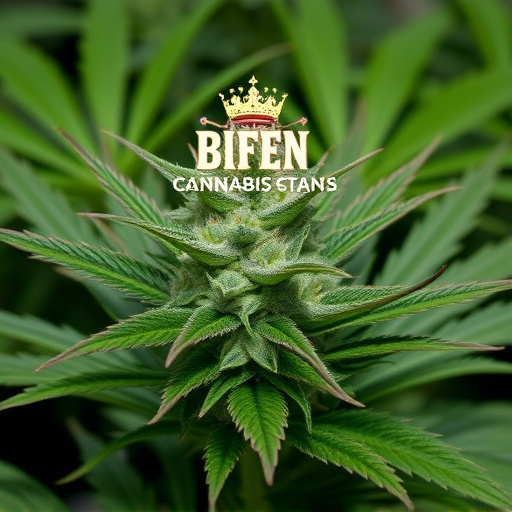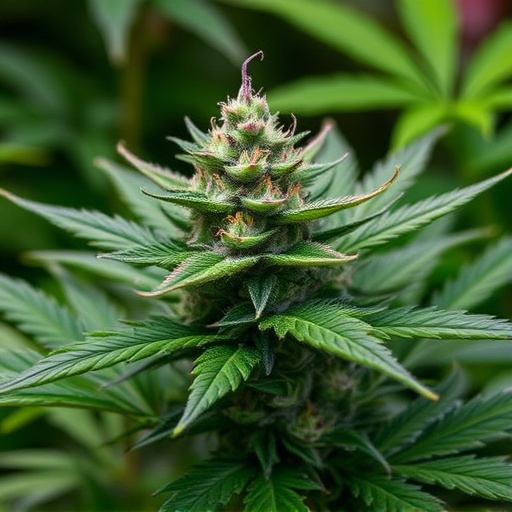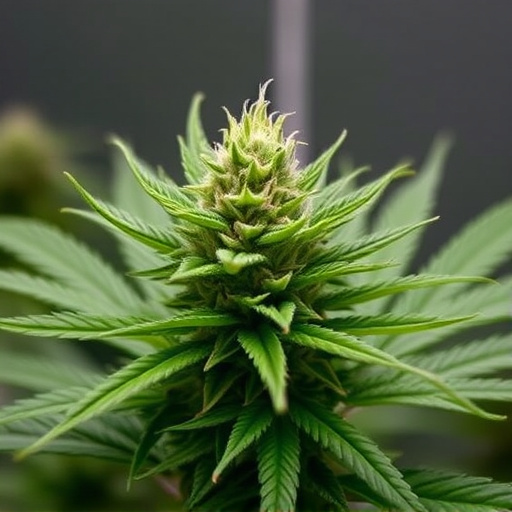Environmental conditions greatly impact cannabis cultivation, with indoor growing offering precise control over temperature, humidity, and light to optimize popular best-selling cannabis strains and consistency. Outdoor cultivation leverages natural variables for broader terpene and flavonoid profiles but may present less predictability due to weather, pests, and diseases. While indoor grows speed up flowering and enhance cannabinoid concentrations, outdoor plants develop unique sticky resins sought by consumers.
“Unravel the mysteries of indoor vs. outdoor cannabis cultivation and its impact on the final product. This comprehensive guide explores the environmental factors that shape the growth of these plants, from the unique challenges of each setting to their remarkable benefits. Discover how these differences translate into distinct floral characteristics, terpene profiles, potency, and yield.
We also delve into the world of popular cannabis strains, recommending both indoor and outdoor varieties for specific preferences, ensuring cultivators and consumers alike can make informed choices. Uncover the secrets behind the best-selling cannabis strains on the market today.”
- Environmental Factors: The Key Differentiator
- – How indoor and outdoor growing environments affect cannabis plants
- – Unique challenges and benefits of each setting
Environmental Factors: The Key Differentiator
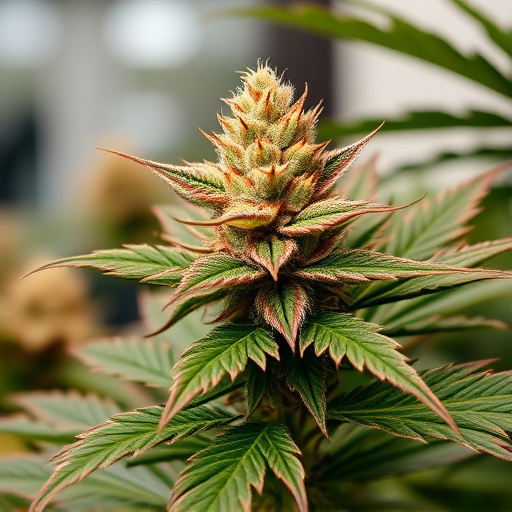
Environmental factors play a pivotal role in differentiating indoor and outdoor-grown cannabis flowers, impacting their aroma, flavor, and overall quality. Plants cultivated indoors enjoy controlled environments where temperature, humidity, and light intensity can be precisely adjusted to cater to specific strain requirements. This allows growers to optimize conditions for desired traits, such as enhanced THC levels or specific terpene profiles, found in many best-selling cannabis strains today.
In contrast, outdoor cannabis plants are at the mercy of nature’s variables. They experience temperature fluctuations, varying humidity levels, and natural light cycles. These factors can contribute to a more diverse range of flavors and aromas but may also lead to inconsistent results. Outdoor growing conditions can favor the development of unique terpenes and flavonoids, often sought after by cannabis enthusiasts, as plants adapt to their surroundings.
– How indoor and outdoor growing environments affect cannabis plants
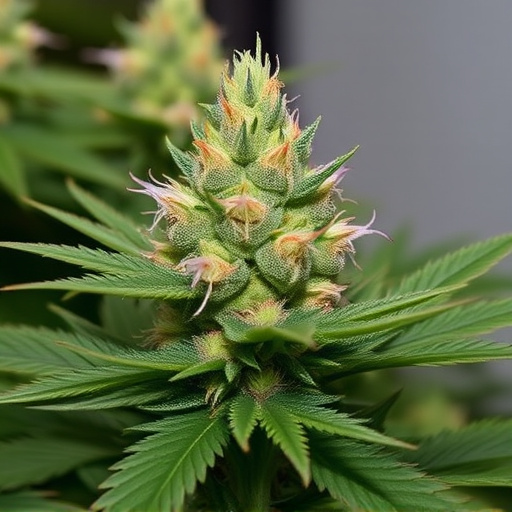
The environment in which cannabis plants are grown significantly influences their development and final product, whether cultivated indoors or outdoors. Indoor growing offers precise control over factors like light, temperature, humidity, and nutrient delivery, allowing growers to optimize conditions for specific best-selling cannabis strains. This controlled setting accelerates flowering time and can yield higher concentrations of desirable terpenes and cannabinoids. However, it may limit the plants’ exposure to natural sunlight, which is essential for robust stem development and healthy leaves.
In contrast, outdoor cultivation allows cannabis plants to grow naturally, benefiting from direct sunlight, fresh air, and often richer soil. This environment encourages robust plant growth and can produce distinct flavour profiles due to varying light intensities and durations throughout the day and seasons. Outdoor-grown cannabis may have more varied terpene profiles and lower concentrations of certain cannabinoids compared to their indoor counterparts but typically develop thick, sticky resins that appeal to many consumers, especially those seeking potent and aromatic strains.
– Unique challenges and benefits of each setting
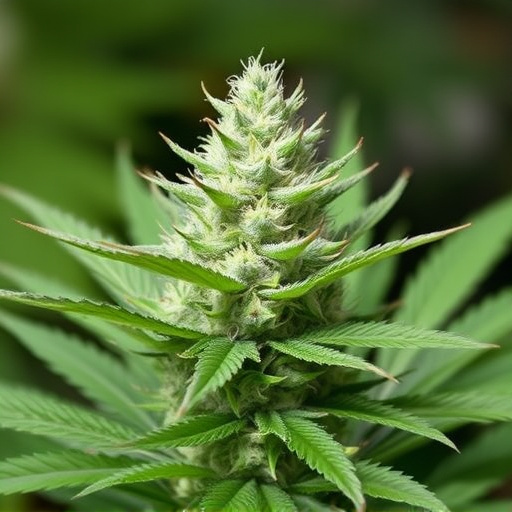
Cultivating cannabis indoors and outdoors presents distinct advantages and challenges, each influencing the final product, particularly in terms of popular best-selling cannabis strains. Indoor cultivation offers control over environmental factors such as light, temperature, and humidity, allowing growers to optimize conditions for specific strain requirements. This precision can lead to consistent, high-quality yields, with indoor-grown flowers often boasting robust aromas and potent effects. However, the lack of natural sunlight can limit the growth potential of plants, requiring artificial lighting systems that increase energy costs.
In contrast, outdoor cultivation benefits from natural sunlight and fresh air, enabling cannabis plants to reach their maximum size and yield. This setting is particularly well-suited for strains that thrive in warmer climates and have longer flowering cycles. Outdoor-grown cannabis often develops a more earthy, natural flavor profile. However, unpredictable weather conditions can pose challenges, affecting the overall health and quality of the final product. Moreover, outdoor cultivation may require more time and effort to manage pests and diseases without relying on synthetic interventions.
Cannabis cultivation is an art, with both indoor and outdoor methods offering distinct advantages. While indoor growing provides control over climate and light cycles, enabling the production of consistent, high-quality buds, outdoor farms thrive in natural sunlight, leading to robust plants and unique terpene profiles that often make up the best-selling cannabis strains. Ultimately, the choice between these environments depends on cultivators’ goals, resources, and the desired final product.

